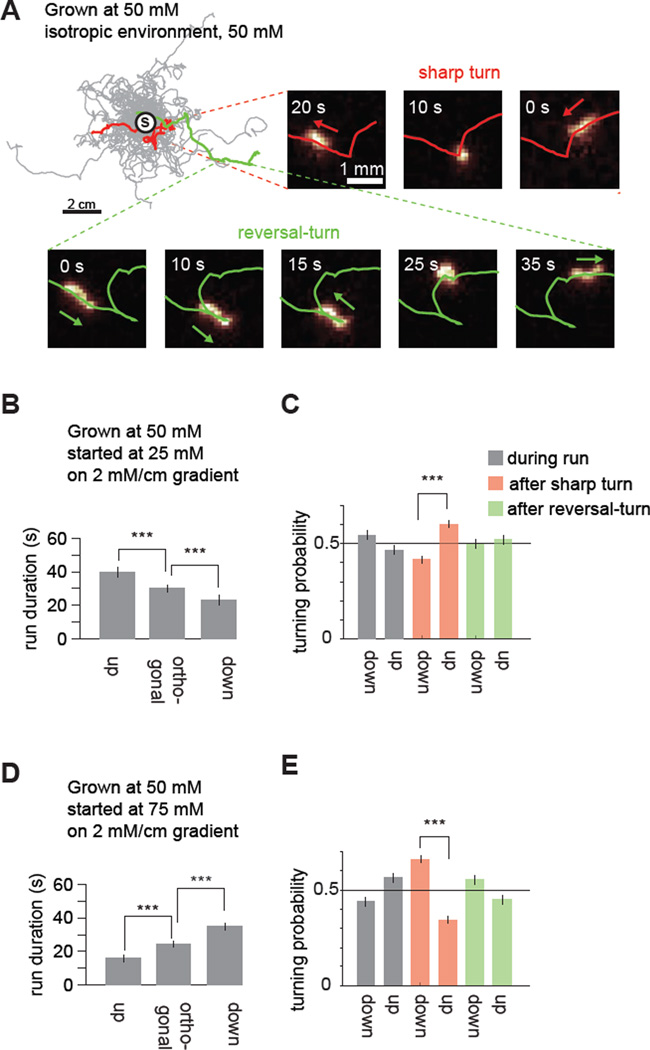Figure 2. A biased random walk underlies both positive and negative chemotaxis.
(A) Navigation trajectories of 50 wild-type N2 animals in isotropic environment of 50mM NaCl. Worms were grown with 50mM of NaCl and trajectories were aligned to have the same starting point (circle with S). Two series of video frames show a flagged sharp turn and a reversal-turn.
(B, D) Run durations for navigation in linear 2 mM/cm NaCl gradients for worms exhibiting positive chemotaxis below the setpoint (B) or negative chemotaxis above the setpoint (D). 0° is the direction up the gradient. Runs up: runs with mean headings between −22.5° and +22.5°. Runs down: runs with mean headings <−157.5° or >+157.50°. Runs orthogonal, runs with headings between −112.5° and −67.5°, or between +67.5° and +112.5°. Run durations are compared using ANOVA Tukey-Kramer post hoc, *** p<0.0005, error bars denote SEM, n=280 animals..
(C, E) Probabilities of reorientation up or down the gradient after orthogonal runs during positive chemotaxis (C, n=280 animals, grown at 50 mM) or negative chemotaxis (E, n=300 animals, grown at 50 mM). 2-sample z test, *** p<0.0005, error bars denote SEM.

